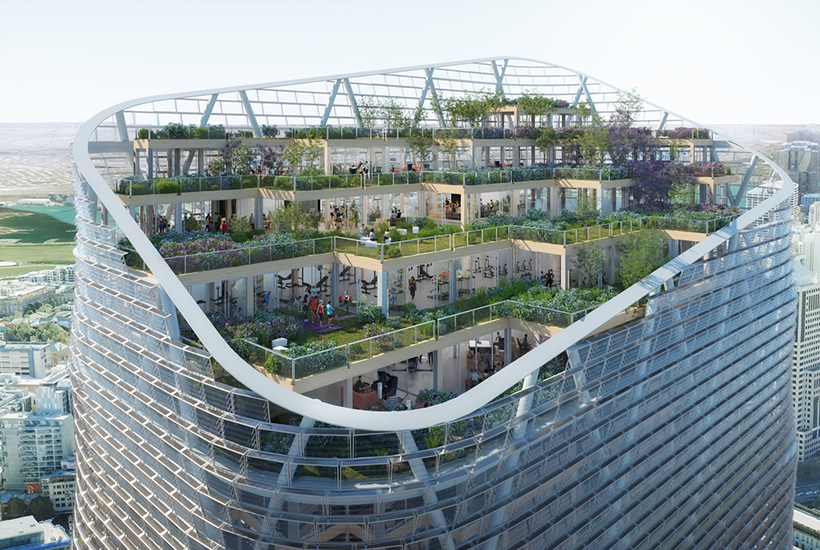Commercial property predictions for 2022 and beyond

Australia’s commercial property sector has been one of the most impacted by COVID-19. These impacts have been varied and far reaching.
Essential retailers, like supermarkets, benefited from surging sales due to panic buying, while those in hospitality struggled.
While many of the changes brought on by the pandemic have been temporary, others are permanently reshaping the commercial landscape.
Here are five predictions for 2022 and beyond.
1. The pool of commercial investors will grow
Firstly, the number of buyers looking to invest in commercial property is expected to grow. Low interest rates are a key driver here. Despite the benefits of cheap debt, the current low interest rate environment has proved a challenge for income-seeking investors.
While the old rule of “high risk, high return” holds broadly true across markets, there are still many opportunities in commercial property which can provide investors with a good income and comparatively low risk.
The commercial assets expected to see the strongest demand in 2022 are those with high quality tenants and long lease terms already in place. “Recession proof” businesses, such as essential retailers and medical facilities are likely to prove popular.
2. Increased focus on sustainable assets
The United Nations estimates the property industry is responsible for approximately 30% of global greenhouse emissions, and many individuals and businesses are looking to do better.
More businesses are adopting sustainability targets, and this is playing directly into the properties they are willing to lease or buy.

The proposed Cbus tower will feature a solar skin to help generate power and lower the building’s running costs. Picture: Bates Smart
Commercial buildings with high environmental ratings such as a NABERS of 5 or more, have already been shown to sell at a premium, achieve higher rents, lower outgoings, and have a reduced risk of vacancy.
What’s more, the rise in ethical investing means there is a growing pool of capital looking to purchase and develop more sustainable real estate.
3. More offshore investors
Over the five years preceding the pandemic, offshore investors accounted for 36% of the volume of $1 million-plus commercial properties sold in Australia, according to Real Capital Analytics.
Incredibly, despite the closure of our international border, sales to offshore buyers still accounted for 33% of the total volume over 2020-2021 to date.
The relative resilience of Australia’s economy throughout the pandemic has bolstered the confidence of offshore buyers. Industrial properties, in particular, have seen demand from offshore buyers surge, overtaking offices as the most sought after commercial assets.
Demand from offshore buyers is predicted to remain strong throughout 2022, and is likely to pick up further as border restrictions continue to ease.
4. Growing demand for alternative assets
The rise in demand for “alternative” assets has been a key trend throughout the pandemic. Impacts from border restrictions, lockdowns, and changing work practices have led many commercial property investors to rethink their strategies.
More investors are re-weighting their portfolios away from riskier assets in favour of more resilient sectors such as health and life sciences, childcare, and service stations.
Competition for these alternative assets is expected to remain high over the coming years, which should support further price appreciation in these sectors.
5. More investors likely to eye up regional opportunities
Over the 12 months following the implementation of Australia’s first lockdown in March 2020, a record number of people moved from capital cities into regional areas.
Population growth is a key driver of economic activity which has a flow on effect into demand for commercial property.
Whether it be the need for a new supermarket, increased warehouse space to support a growing logistics network, or a corner café, a growing population has benefits for the commercial property sector in regional areas.







